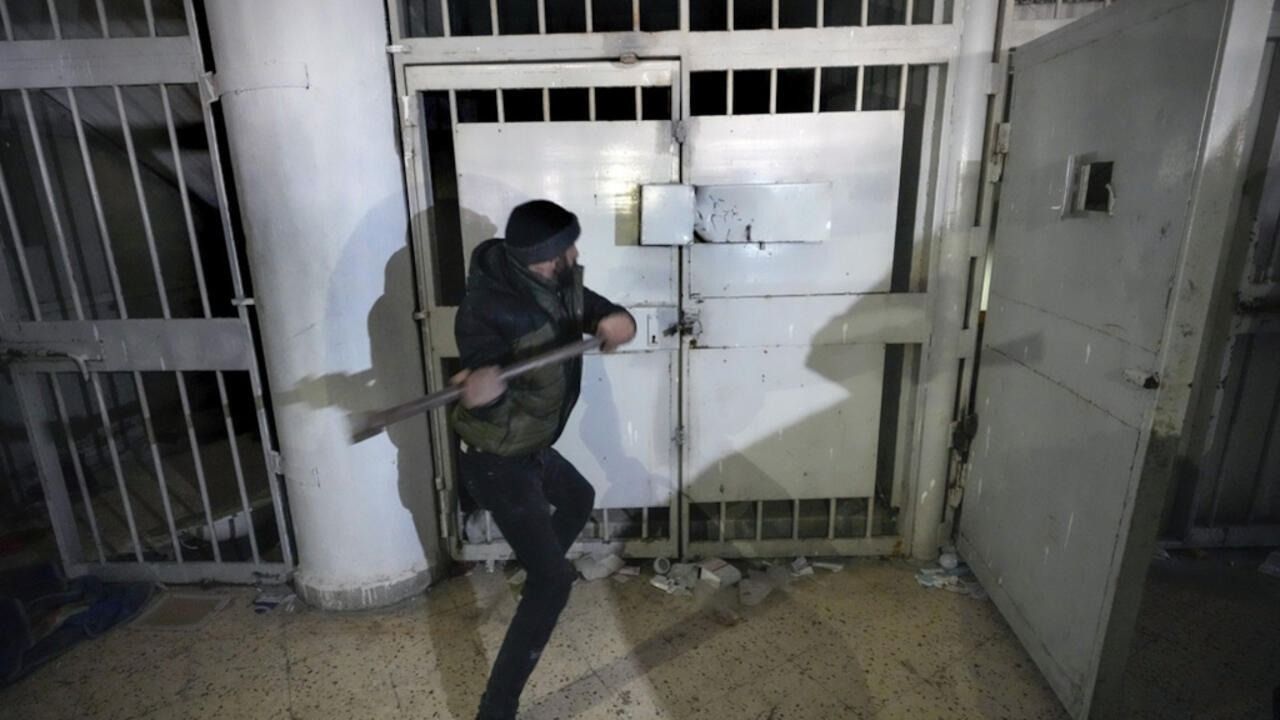Syria’s Swift Collapse: A Nation’s Reckoning
Syria’s Swift Collapse: A Nation’s Reckoning
Today, we analyse in depth the Syrian situation, from the initial fall of Bashar al-Assad's regime until this very moment. In a matter of days, it took barely 11 days for the al-Assad regime to crumble like a stack of cards. No one believed the former Syrian regime would fall so fast and in such a manner.
The allies of the Syrian regime were unable to provide any assistance. The regime relied on allies such as Russia and Iran, both of whom were exhausted by their own wars. Russia's ongoing conflict in Ukraine and Iran's support for organizations designated as terrorist, such as Hezbollah in Lebanon and the Houthis in Yemen, further strained their resources. Additionally, Iran has provided support for Palestinian factions in the current conflict in Palestine. These factors together prevented the former regime's allies from offering any meaningful support.
On top of this, there was a sudden surge of a Syrian opposition against the former Syrian regime, with the international community's implicit support. We are all aware of the atrocities committed by the previous regime in Syria: over a million Syrians killed, and more than 10 million displaced. Furthermore, the prisons discovered after the regime's collapse were nothing short of human slaughterhouses, most notoriously the infamous Sednaya Prison.

There, the opposition uncovered countless methods the former Syrian regime used to dispose of the bodies of detainees. These included dissolving bodies in acid or using body-crushing iron presses to crush the dead prisoners before their eventual disposal. The crimes committed by the previous regime cannot even compare to the historic Mongol invasions of East Asia or the Middle East.
Even those whom the Syrian opposition found in prisons and rescued at the last moment came out forever changed. They left the prisons different to who they were when they were imprisoned: mentally broken, unable to recall anything, unaware of what was happening outside the prison walls. I spoke with individuals who were in the Sednaya Prison before their liberation; they could not even remember their own names. Their sole "crime" was participating in peaceful demonstrations against the former regime in Syria, being activists with political views, or the children or wives of opposition figures.
The jailers appointed by the former Syrian regime were akin to human beasts, torturing and cold-bloodedly murdering prisoners. While I don’t wish to prolong this initial article, we have every right to ask the international community a crucial question: The individual who ordered all these crimes fled to Russia, and Russia is protecting him. Not even the International Criminal Court has issued an arrest warrant for Bashar al-Assad.
All Syrians ask this question: Why doesn’t the international community pressure Russia to hand this criminal over to justice to face trial for the crimes he has committed? This is what all the people in Syria demand.